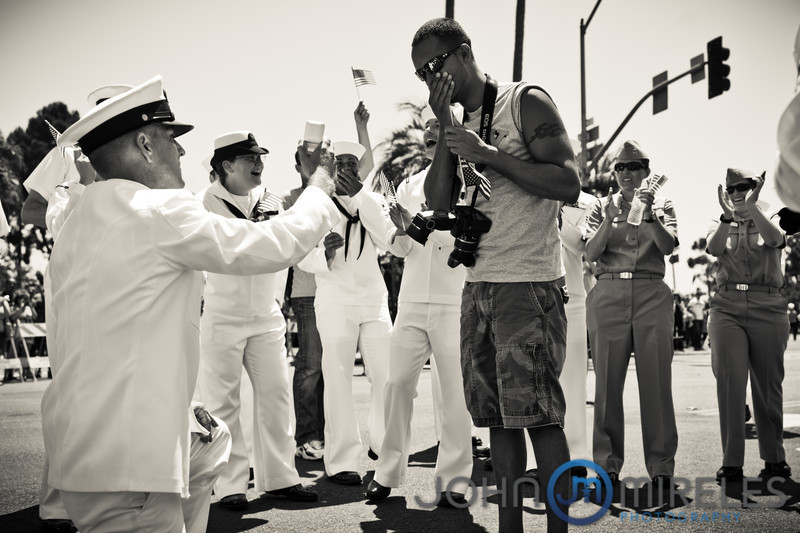Like every other new arrival to Williston, I’ve come here to seek my fortune. To be sure few come here with an eye to get rich quick. Instead, it’s with the hope to draw a steady paycheck and live out the American dream of bettering one’s place in life. Though the fortune I seek comes in the form of photos, not an immediate paycheck, I feel a kinship with all the other migrant souls who have gathered here.
That sense of kinship is not necessarily reciprocal however. Upon rolling into town yesterday, our first thoughts were to find a place to park my camper van for the coming nights. There’s not much by way of campgrounds in this town to start with and a couple of calls revealed that they were full. What we didn’t know is that every campsite in every campground is spoken for either by full-time residents or those who leave for the Winter but hang onto it so as not to lose it come Springtime.
Our first stop was the Buffalo Springs campground a couple of miles north of town. Although they’d claimed they were full when we called, I figured we should check it out all the same. In driving through, we discovered a small village of fifth wheel trailers and their long term inhabitants. After connecting with a few friendly folk, we continued our way down the road, but not before I secured my first photos of the trip.
A couple of miles later, we pulled into a much larger and even more bereft of landscaping trailer-filled parking lot. Tulsi, my companion and one-woman support crew, checked in with the office to see if there might be a spot for us road weary travelers. No luck.
As we stood outside our parked van and I snapped photos of the site’s playground, Bill, the trailer park manager, came out to let us know that we needed to move on since my van sat in reserved spot, though its occupant had yet to return from his winter hiatus. Bill’s underlying message though came through loud and clear, “You liberals from California aren’t welcome here.” My long hair and California license plate told him all he needed to know about us.
That was fine by me, but Bill wasn’t done with us yet so the lecture carried on. After a little bit of cajoling and passionate discourse with him about my desire to document the lives and work of the oil field’s men and women, he flipped course and offered to let us stay for a couple of days – no charge.
But my moments of confrontation weren’t over. Just as my conversation with Bill trailed off, two obviously angry and itching for a fight women demanded to know what I was doing taking pictures of their children. Knowing that I wasn’t going to win any arguments with angrily protective momma bears, I showed them the photos and explained the goals of my visit. By the time we finished talking, all was well and my request to photograph one of the women’s family was accepted, though not without the usual grudging ode to female vanity.
Later that night, we traipsed off in search of a bar. Meeting people for me is the key and I figured that there’s no better place than late night over a beer. Walking into Champs Bar with my Nikon D3s over my shoulder, the bartender immediately instructed me, “No photos.” No problem.
On my way out, a burly, menacing looking guy asked what I was doing with the camera. Last call was over and it was the end of the night – just about fighting time. My first thought was this guy is looking to cause some trouble. I suppose he could have been but in the end, we talked about my project and life in the oil fields. Before I drove off in to return to my new, temporary home in the plains of North Dakota, I photographed him in the headlights of my camper van.
After returning to the driver’s seat, he approached my window where this tough character continued the conversation. He asked me to hold out my index finger. Wrapping his burly fingers around my vulnerable digit, he pulled my hand to his face where he pushed my finger to his cheek. There I felt the smashed bones of his cheekbone as he explained that’s where he’d been shot back at home in the unforgiving streets of the Bronx.
Just like in the days of old, a new life awaits in the American West.






